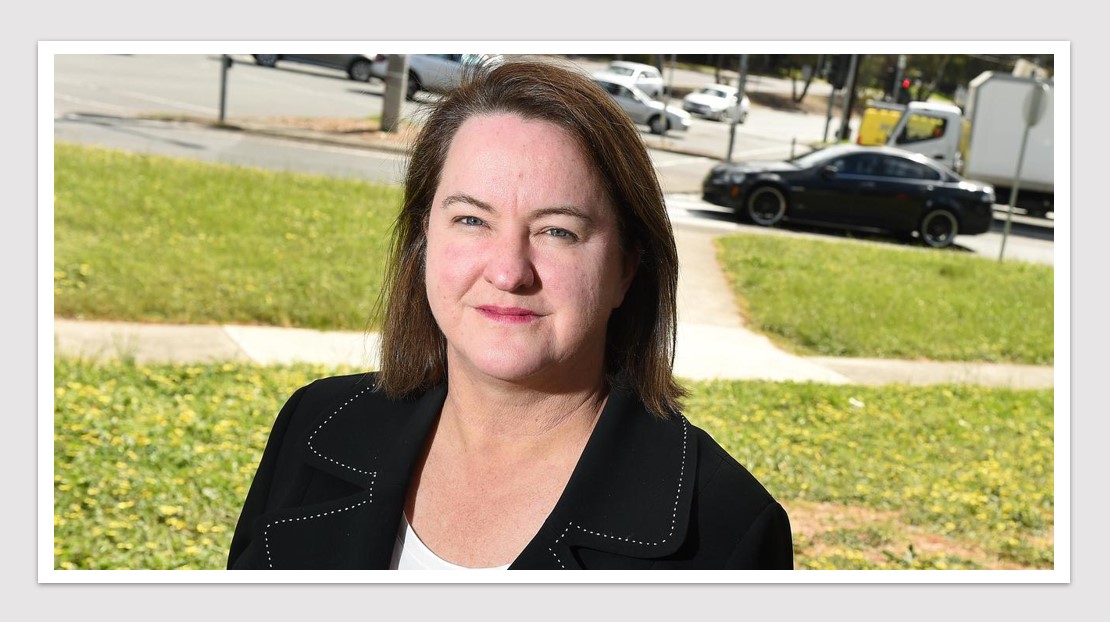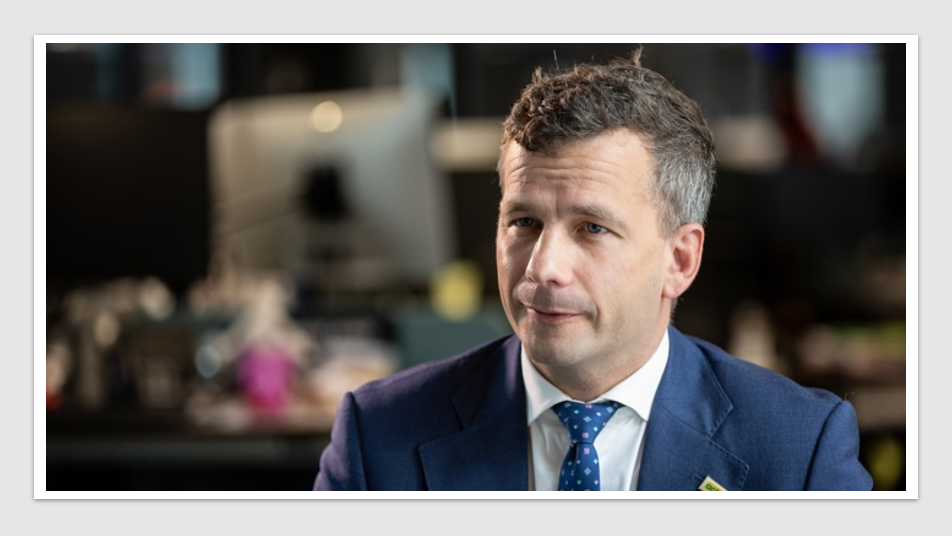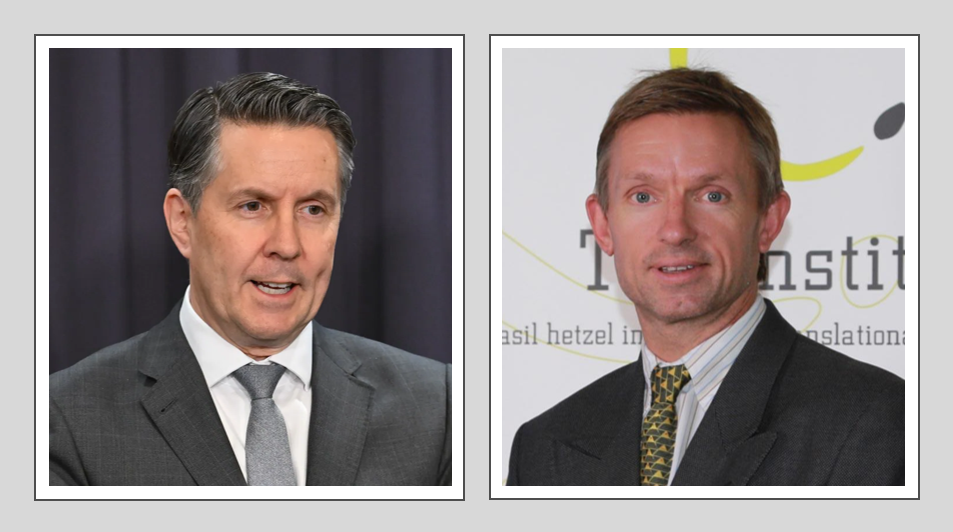Human Resources
New gender pay gap data highlights disproportionate impact of inflation on Australian women

Human Resources: Men are earning an average of $263.90 more than women a week, according to the latest gender pay gap data.
The new national gender pay gap* (which is different to equal pay) is 14.1%, an increase of 0.3% over the last 6 months, according to yesterday’s data released by the Australian Bureau of Statistics (ABS).
To earn the same average annual salary earned by a man, women must work 60 more days after the end of the financial year, making this year’s national Equal Pay Day 29 August.
In a time of ballooning inflation, the Workplace Gender Equality Agency (WGEA) is calling attention to the disproportionate effect this persistent pay gap has for Australian women as they juggle the increased costs of daily living.
WGEA Director Mary Wooldridge said the substantial difference in pay impacts Australian women’s financial freedom and ability to build their future financial independence.
“As a result of the gender pay gap, many Australian women have to work harder to make ends meet with very little room for discretionary spending or saving once they’ve covered the cost of daily essentials,” Ms Wooldridge said.
The latest ABS figures from June show a skyrocketing cost-of-living for all Australians, with inflation now at 6.1% over the past year.
“Looking at regular expenses like food, petrol, electricity and rent, the $264 less in a woman’s weekly pay makes a big difference,” Ms Wooldridge said.
“When you’re finding it tough to meet the essential costs of today it leaves little room to plan for tomorrow. Prioritising daily essentials means that putting money aside in case of an emergency, for children’s education or saving for a house deposit is forced to take a backseat.”
Ms Wooldridge said the persistent gender pay gap outcome, in times of significantly increasing consumer prices, highlights the disproportionate impact that inflation has on Australian women.
“When women earn an average of $264 less than men, the increasing price of everyday items consumes a larger portion of her income and makes it harder to make ends meet,” Ms Wooldridge said.
“This #Sheflation impacts all Australians. It’s placing increased stress on Australian households, particularly single parent households, as they struggle to pay for basic necessities like food and rent. It also reduces the purchasing power of Australian women, which is bad for Australian businesses and the economy.
“Fixing the gender pay gap requires leadership and commitment.
“We are calling on employers to take immediate action to reduce the gender pay gap by conducting a pay gap audit. This will give them a clear picture of what’s driving their pay gaps and the opportunities for improvement, that will benefit their employees and their business over time.”
Taking into account the large number of women working part-time, the gender pay gap for all employees is far higher.
“The traditional gender pay gap calculation is based on the ABS’s ordinary full-time average weekly earnings. If we include average weekly earnings data for part-time and full-time workers, the pay gap widens to 29.7%,” Ms Wooldridge said.
New data for each State and Territory has also been released, revealing the date of Equal Pay Day and those performing best and worst with Western Australia recording the highest gender pay gap and South Australia the lowest.
WGEA has also calculated the gender pay gap by industry. The results reveal every industry still has a significant gender pay gap with the highest in professional, scientific and technical services at 25.3%.
*The gender pay gap is different to equal pay. It measures the difference between the average earnings of women and men in the workforce. It is not the difference between two people being paid differently for the same or similar job, which is unlawful.
When we talk about the gender pay gap, we are talking about the difference between what men and women are paid, on average, across organisations, industries, and the workforce as a whole.
News & Trends - MedTech & Diagnostics

Stryker partners with local researchers to advance shoulder joint surgery
MedTech & Diagnostics News: Joint replacement is a commonly performed major surgical procedure that has considerable success in alleviating pain […]
MoreNews & Trends - Pharmaceuticals

Over two-thirds of Aussies missing healthcare appointments
Pharma News: Over 70% of Australians have postponed or cancelled healthcare appointments in the last 12 months. The primary reason […]
MoreNews & Trends - Pharmaceuticals

Opposition decries incremental change as New Zealand government defends Pharmac budget
Pharma News: New Zealand’s Associate Health Minister has made headlines by unveiling Pharmac’s largest ever budget of $6.294 billion over […]
MoreMedical

Telehealth’s 10-year leap in 10 days: Reshaping hospital EDs
Medical: As overcrowding and ramping continue to challenge emergency departments across Australia, the concept of virtual emergency departments (EDs) emerges […]
More